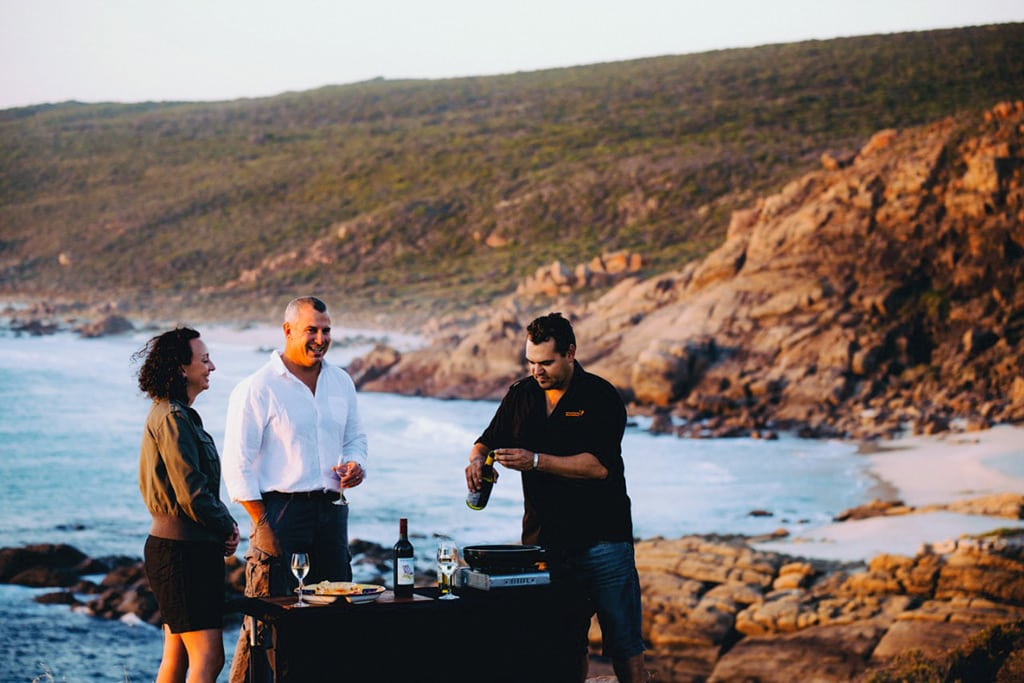Skift Take
Selling luxury travel today is all about options. Luxury travel brands are delivering more immersive, personalized travel experiences targeting a broader consumer base by age, source markets, and evolving traveler psychographics.
Last week we released our latest report in the Skift Trends series, The Changing Business of Selling Luxury Travel.
Below is an extract. Get the full report here to get ahead of this trend.
Australia provides an excellent case study of a destination with a strong brand perception that wanted to shift that perception toward a more upscale audience. For decades, the country was known as fun, laid-back and outdoorsy thanks to the high-profile campaigns selling that image dating back to the 1980s.
In December 2011, Tourism Australia unveiled a new 2020 strategy with the objective of growing Australia’s tourism spending to $114 billion by targeting luxury consumers across all key markets.
To accomplish this, the DMO is developing an integrated series of new campaigns highlighting ways to experience Australia with more unique, upscale and location-specific activities. The campaign themes revolve around food/wine, coastal/aquatic destinations, indigenous culture, and travel product “collections” branded by Tourism Australia, such as Luxury Lodges of Australia and Ultimate Winery Experiences of Australia.
Kicking off the 2020 strategy in May 2014, Tourism Australia launched a $10 million, multi-platform Restaurant Australia campaign to raise awareness among luxury travelers about the upscale food/wine product across the country. After one year, the DMO measured a 22% increase in the perception of Australia as a foodie destination among people who hadn’t visited before. Moreover, international visitor arrivals in Q1 2015 jumped 10% and visitor spend increased 14% over 2014.
Tourism Australia also developed a variety of content partnerships aligned with culinary culture such as “Avec Eric” with celebrity chef Eric Ripert at Le Bernadin in New York. Similar to Anthony Bourdain’s television work, Ripert travels around Australia to meet innovative chefs and suppliers while showcasing the diversity of the country.
In a similar vein starting in January 2016, chef Rene Redzepi from the Danish restaurant Noma is opening a pop-up restaurant in Sydney for 10 weeks.
This type of culinary coup works well to promote a destination like Australia as a culinary capital, as evidenced by the global media exposure around chef Heston Blumenthal’s six-month reconstruction of his British restaurant, Fat Duck, in Melbourne this year.
Get Skift Research
Skift Research products provide deep analysis, data, and expert research on the companies and trends that are shaping the future of travel.
Have a confidential tip for Skift? Get in touch
Tags: australia, luxury, research reports, tourism
